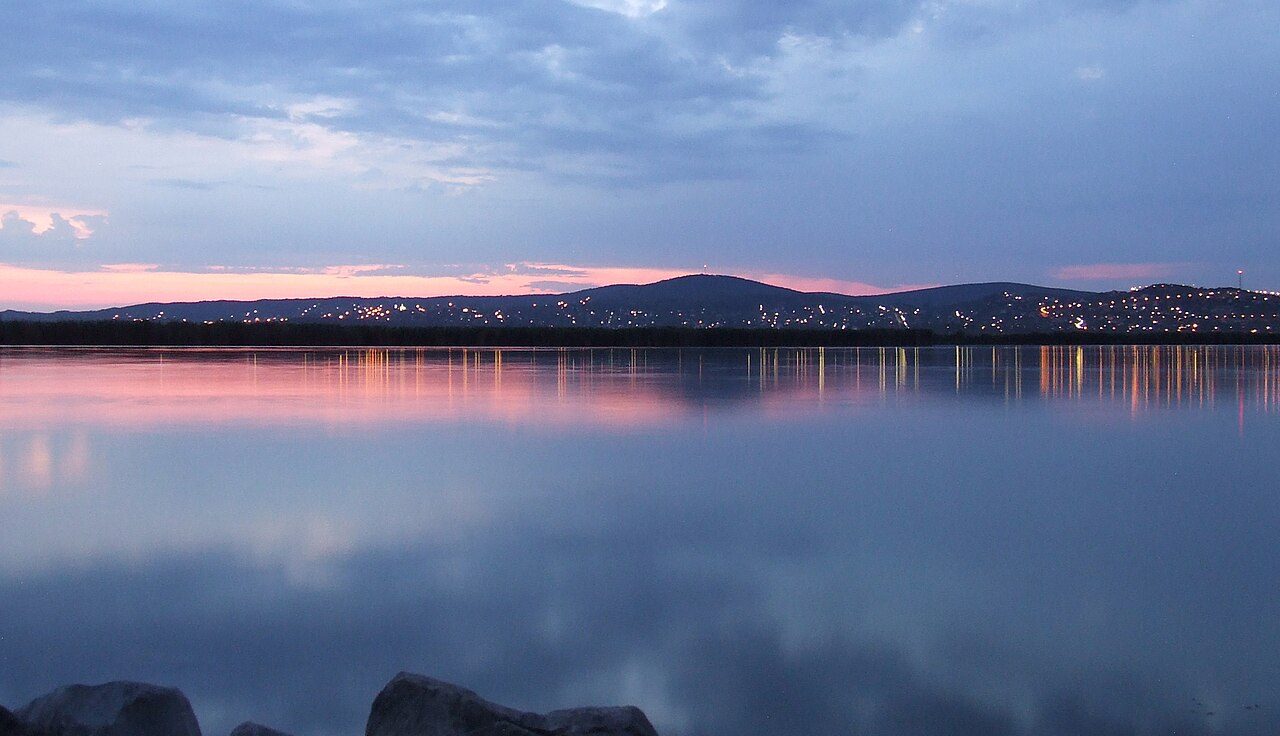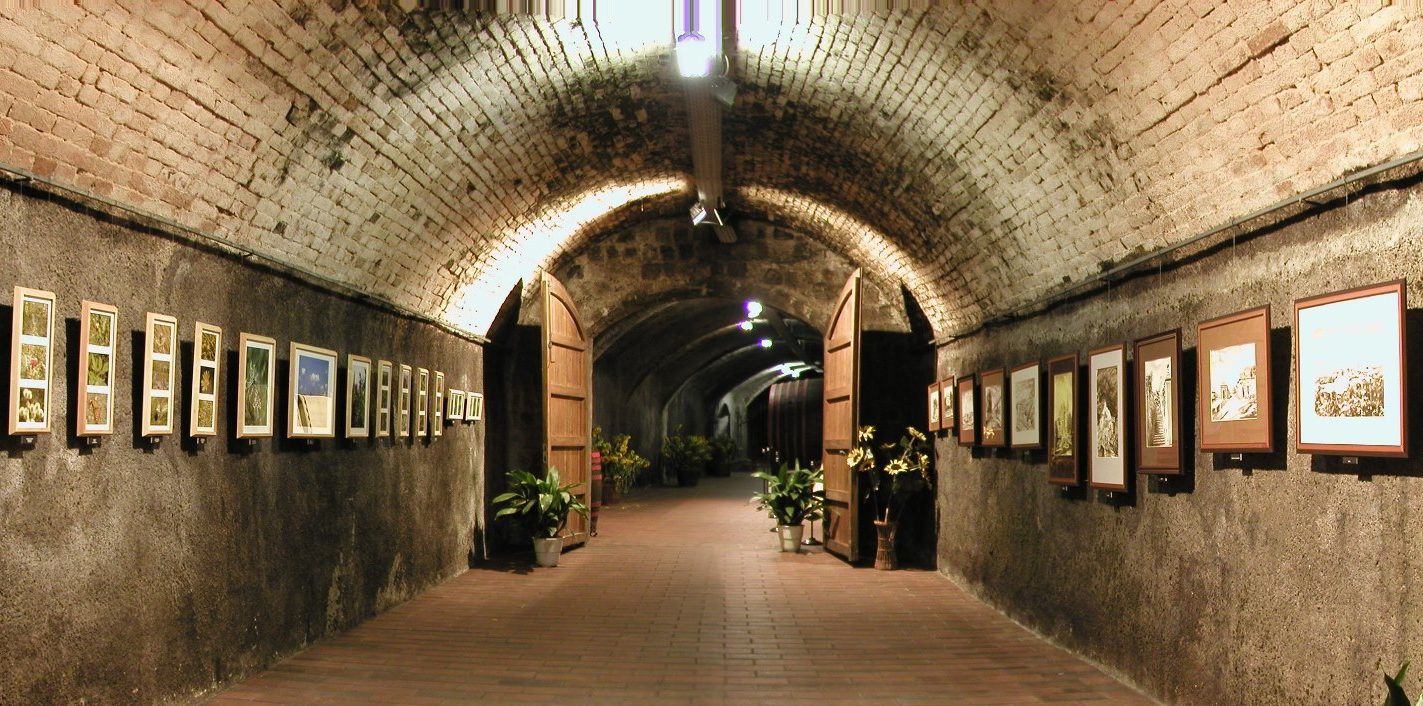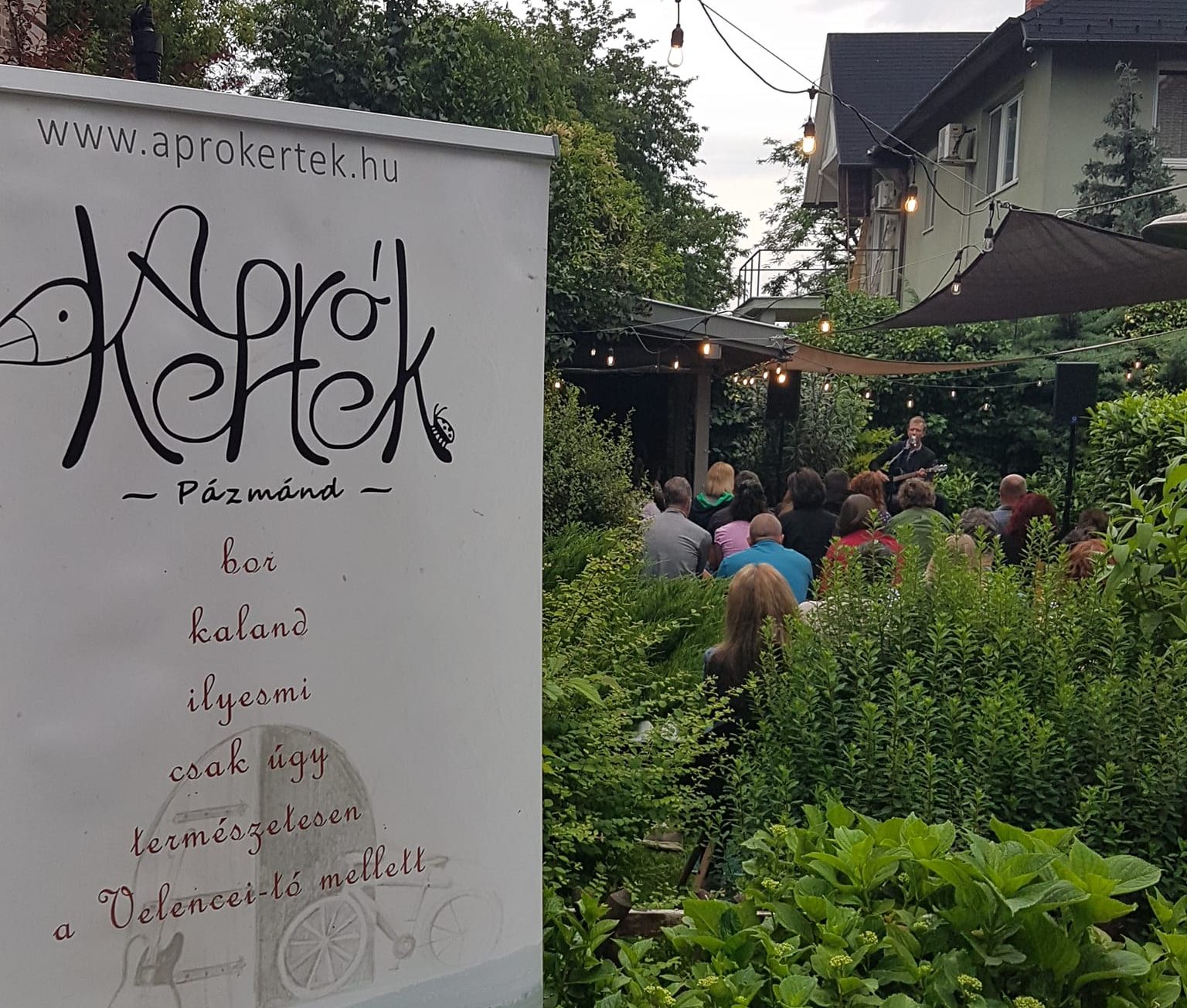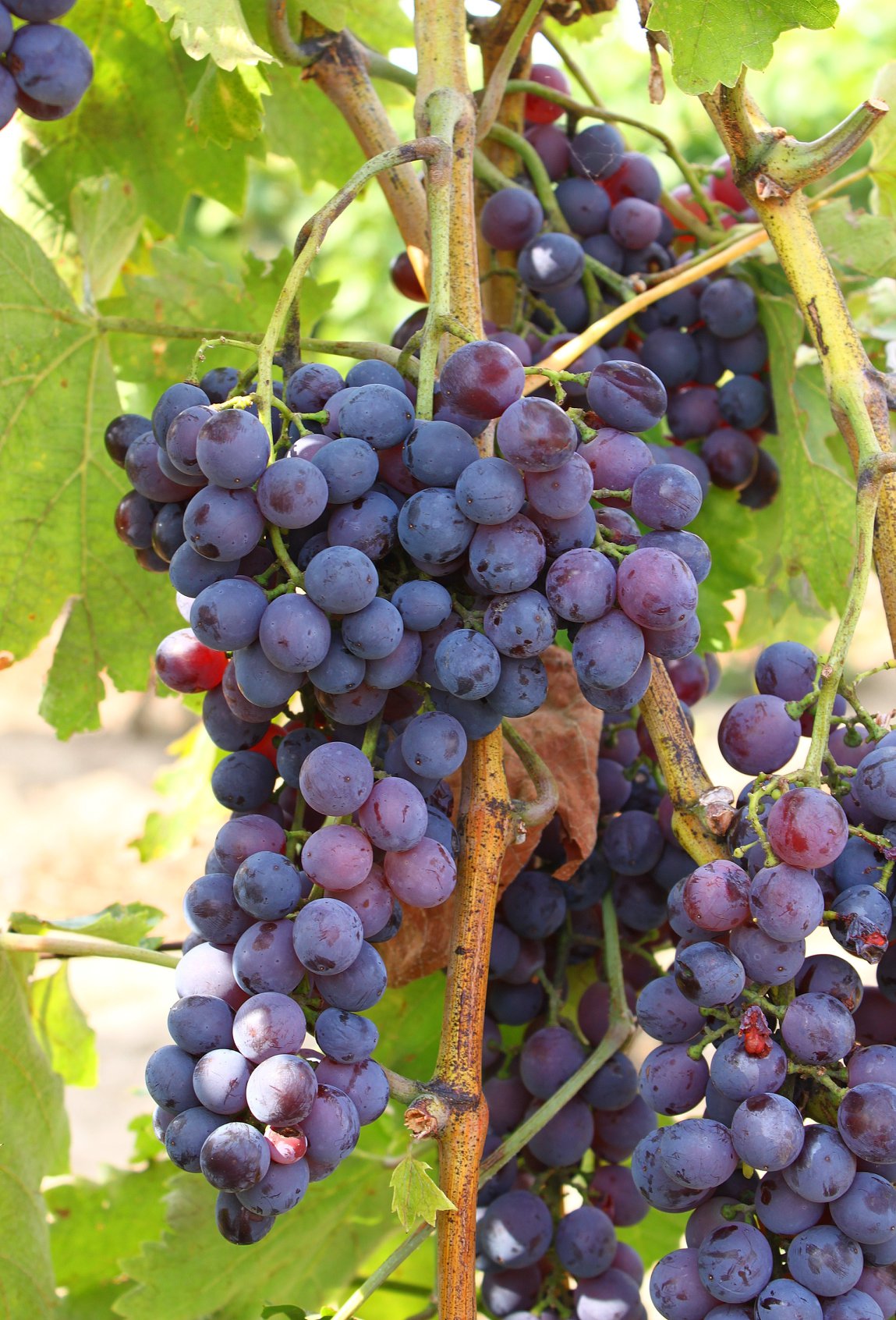
Whether one prefers hard or soft cheeses, white or red wine, everyone's taste can be served.Continue reading

If swimming in and cycling around the lake is all you think about when you think of Lake Velence, it’s time to broaden your horizons. From Pákozd to Agárd, the scenery is beautiful, exciting wines are being made, and the wine community around the lake is becoming increasingly vibrant – reports Turizmus.com.
After Lakes Balaton and Fertő, Lake Velence is Hungary’s third largest natural lake. Thanks to its favorable natural and geographical features and the regulation of its riverbed, this resort is just as popular as Lake Balaton. It is located between Budapest and Székesfehérvár, at the foot of the Velence Mountains.
14 farmers from the region organized a taste trip at the Lics Winery and Vineyard in Pákozd, to get a sense of the wines produced around Lake Velence and the increasingly interesting and high-quality wine scene there. The winery is a former bishop’s cellar built on the southern slope of Meleg Hill. Balázs Lics, the owner of the estate, explained that his parents discovered the ruined press house by chance in the late 1980s while walking their dog, and immediately saw the potential in its cellar and the surrounding south-facing land.

Photo: Facebook/Lics Pincészet
By 2004, the cellar had been renewed, the estate had completely changed, the volcanic hillsides had been replaced by 22 hectares of corn, the vineyard had grown to more than 50 hectares, and the estate center, surrounded by flowers and vines, is nowadays the venue of choice for more and more weddings.
Ádám Schubert, owner of the ApróKertek winery, presents the geographical and geological features of the region. It may come as a surprise to many, but
the Lake Velence area is officially a district of the Etyek-Buda wine region, with slightly different characteristics.
The remains of the 300 million year old Variscus mountain system are on the northern coast, and granite from this period is found in the area around Pákozd and Sukoró. In the vicinity of Pázmánd, Kápolnásnyék, and Nadap, the subsoil is composed of 30 million year old andesitic volcanic rocks, overlain by the calcareous sediment of the Pannonian inland sea. The lake is flat, and the southern shore is mostly made up of loess soil. This diversity, which is exacerbated by the influence of the stretch of water, results in a wide variety of wine styles, from cool sparkling wines to light whites and the now fashionable pétillant naturel (naturally sparkling) to reds, the varieties being less selective as in the Tokaj-Hegyalja region.

Photo: Facebook/ApróKertek
The Lake Velence wine community has a total of 410 hectares of vineyards, from which 16 wineries produce bottled wines. The estate sizes are also quite varied: from half-hectare hobby vineyards to 100-hectare estates. The national reputation of the wines is due to the large estates, while the smaller ones are boldly experimental and innovative.
József Szentesi is a farmer in the Lake Venice region, more specifically in Pázmánd and Nadap, known for having planted old Hungarian grape varieties on his estate that were the basis of Hungarian wines before the phylloxera epoch.
Tasting his special batches,
many winemakers throughout the country have in recent years started to cultivate kék bajor, csókaszőlő, or the tihanyi kék, and the old Hungarian varieties have become increasingly sought after not only by domestic but also by discerning foreign consumers.

Kék bajor. Photo: Facebook/Szentesi Pince
Szentesi, together with his daughter Kati, now farms 16 hectares where more than two dozen grape varieties are grown. They have spread the love of wine to the the farmers of Lake Velence, and today several smaller and larger wineries in the region are dealing with old Hungarian varieties, giving the wines around the lake a distinct character.
The enterprising young people buying vines in the area, moving here, and starting to make wine not only inspire, but support each other as well; in fact,
they have been making community wine too, under the name Könnyűvér, since 2020.
Currently, five producers in Pázmánd are bottling their own blends based on kékfrankos. The Könnyűvér is intended to be a reductive, fruity red wine that can be a light accompaniment to summer evenings and can even be used to make a fröccs (wine spritzer).
Featured image: Wikipedia.org